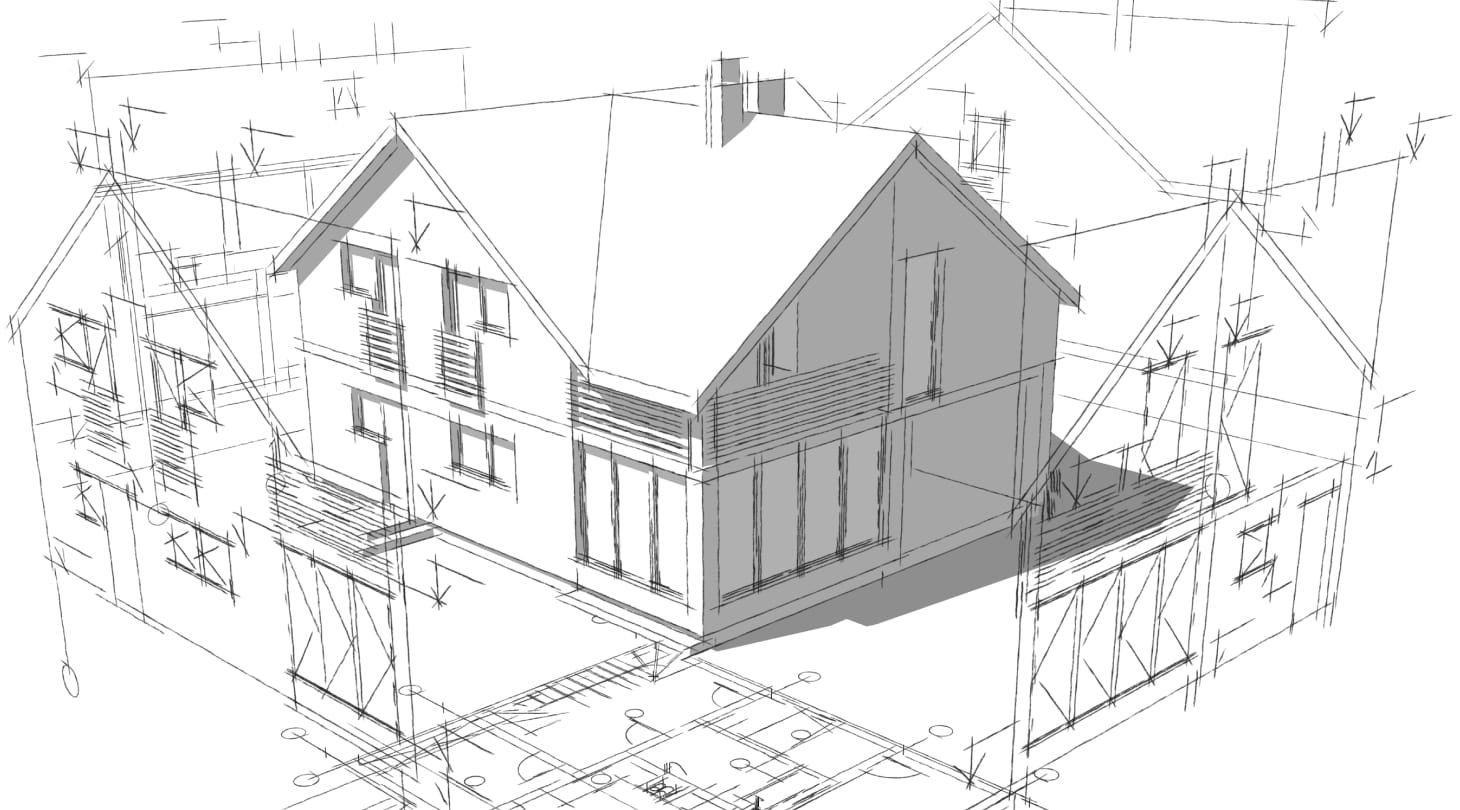Designing


Designing services in interior and architecture combine to create cohesive and functional spaces that blend aesthetics with practicality. Here’s a breakdown of what these services typically entail:
Space Planning: Interior designers work closely with architects to optimize the layout of spaces within buildings. This involves determining the best placement of rooms, furniture, and circulation paths to enhance functionality and flow.
Material Selection: Collaborating with architects to choose appropriate materials for interior finishes such as flooring, walls, ceilings, and fixtures. Materials are selected based on durability, aesthetics, maintenance requirements, and sustainability considerations.
Furniture and Fixture Design: Designing or selecting furniture, lighting fixtures, and other interior elements that complement the architectural style and meet the functional needs of the space.
Color and Lighting Design: Developing lighting schemes and selecting colors that enhance the mood and ambiance of interior spaces, while also considering energy efficiency and the visual comfort of occupants.
Customization and Detailing: Designing bespoke elements like built-in cabinetry, shelving, and architectural details that integrate seamlessly with the overall architectural design.
Integration of Technology: Incorporating technology such as smart home systems, audiovisual equipment, and integrated lighting controls into the interior design to enhance user experience and functionality.
Accessibility and Universal Design: Ensuring that interior spaces are accessible to all individuals, including those with disabilities, by incorporating universal design principles into the layout and selection of furnishings.
Overall Building Design: Architects conceptualize and design the overall structure and exterior appearance of buildings, ensuring they meet functional, aesthetic, and regulatory requirements.
Site Planning and Landscape Integration: Designing how the building interacts with its site, including outdoor spaces, landscaping, and pedestrian circulation.
Structural Integrity: Ensuring the structural stability and safety of the building through the design of foundations, load-bearing walls, and structural systems.
Building Codes and Regulations: Ensuring that designs comply with local building codes, zoning ordinances, and other regulatory requirements.
Environmental Sustainability: Incorporating sustainable design principles such as energy efficiency, passive solar design, use of renewable materials, and water conservation strategies.
Construction Documentation: Developing detailed drawings, specifications, and documents necessary for construction, including coordination with engineers and other consultants.
Project Management: Overseeing the construction process, coordinating with contractors and suppliers, and ensuring that the project is completed on time and within budget.
In practice, interior designers and architects often work closely together throughout the design and construction phases to create cohesive and integrated spaces. This collaboration ensures that both the exterior architecture and interior design complement each other, resulting in a harmonious and functional environment for occupants.